For the better part of the past decade, Disney has been making a concerted effort to inject more diversity into both their animated and live-action films. From more racially aware casting in their remake of “The Lion King” to the settings and characters of “Moana” and “Coco,” the company’s film slate has started to better reflect the world and all its varied stories. That mindset has also extended into other realms of representation, and arguably, the most uneven example has been their handling of LGBTQ+ storylines and characters. When they’re done well, Disney seamlessly brings a queer perspective to their movie in a way that can offer positive representation and further emphasize the film’s themes. But too often, they can feel pandering or self-congratulatory in a way that many queer viewers can see right through. It sometimes feels as if every one of these characters is classified as a first of its kind by the media conglomerate, giving these moments a sense of self-imposed import that feels like a demand for a pat on the back via ticket sales. In honor of Pride Month, let’s take a look at Disney’s recent instances of LGBTQ+ characters, ranked from worst to best in terms of their impact and effectiveness.
For the sake of simplicity, we’ll be focusing exclusively on Disney and Pixar’s animated films and live-action remakes rather than any queer characters found in their expanded franchises, such as Star Wars or the MCU.
9. “Finding Dory” – Unnamed Lesbian Moms
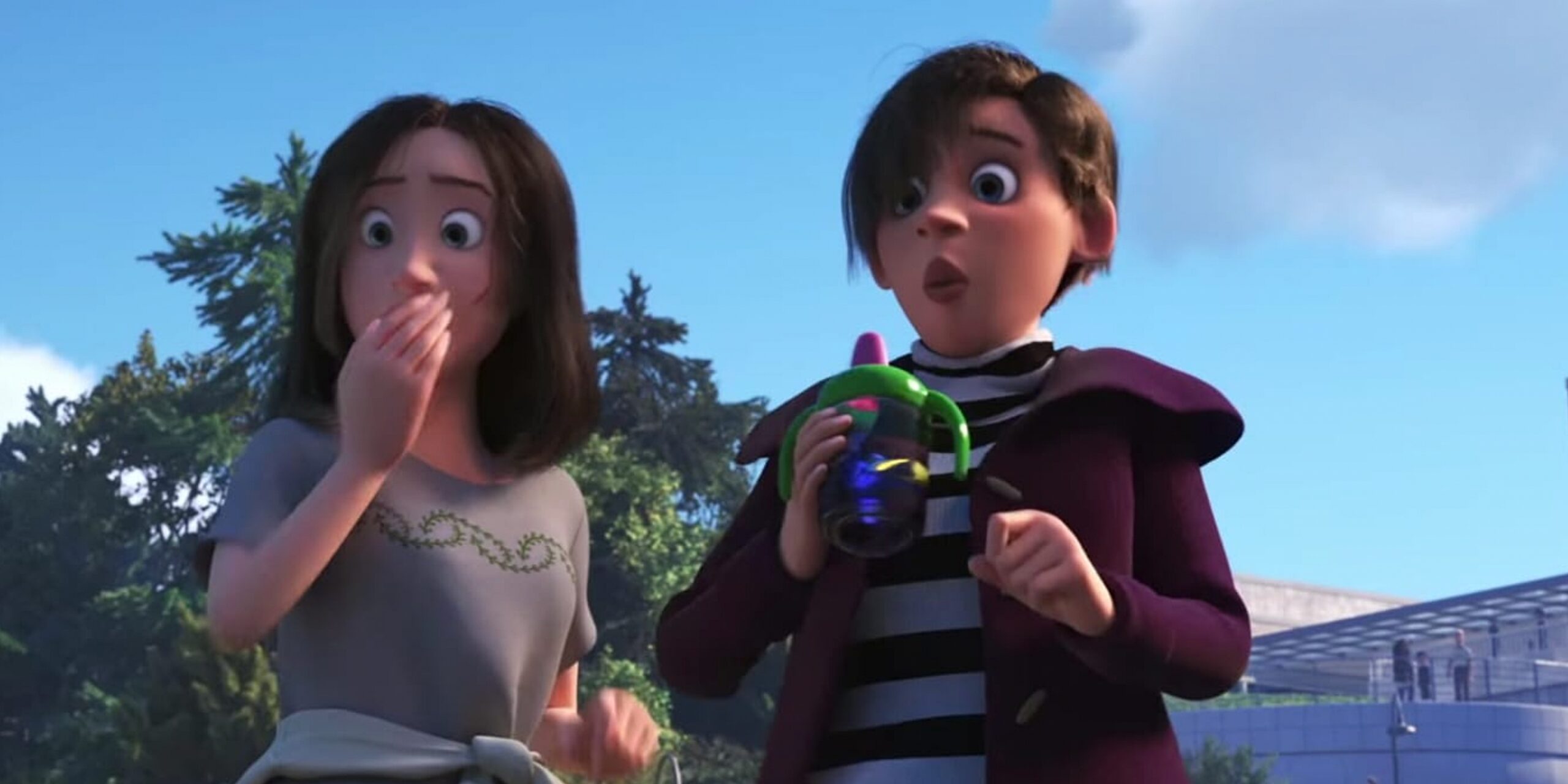 After an early trailer for the mostly unnecessary “Finding Nemo” sequel showed a fleeting glimpse of two women who could be assumed to be a couple; the internet went into a tizzy. And then, when the movie came out, it turned out that the couple’s trailer appearance represented their total screen time. But besides their stereotypical haircuts and general proximity to each other, there is little to indicate that the two ladies are anything more than gal pals. In fact, “Finding Dory’s” director Andrew Stanton refused to definitively say whether or not the pair are intended to be a couple. Not much more to say about them, only that they serve as a reminder that conservatives and bigots will get up in arms about any sliver of potential LGBTQ+ visibility. They didn’t seem to have a problem with the fact that the title character is voiced by Ellen DeGeneres, the ultimate mean lesbian, but looking for sense from conservatives is like looking for a lost fish in the ocean (twice!). Moving on…
After an early trailer for the mostly unnecessary “Finding Nemo” sequel showed a fleeting glimpse of two women who could be assumed to be a couple; the internet went into a tizzy. And then, when the movie came out, it turned out that the couple’s trailer appearance represented their total screen time. But besides their stereotypical haircuts and general proximity to each other, there is little to indicate that the two ladies are anything more than gal pals. In fact, “Finding Dory’s” director Andrew Stanton refused to definitively say whether or not the pair are intended to be a couple. Not much more to say about them, only that they serve as a reminder that conservatives and bigots will get up in arms about any sliver of potential LGBTQ+ visibility. They didn’t seem to have a problem with the fact that the title character is voiced by Ellen DeGeneres, the ultimate mean lesbian, but looking for sense from conservatives is like looking for a lost fish in the ocean (twice!). Moving on…
8. “Beauty and the Beast” (2017) – LeFou
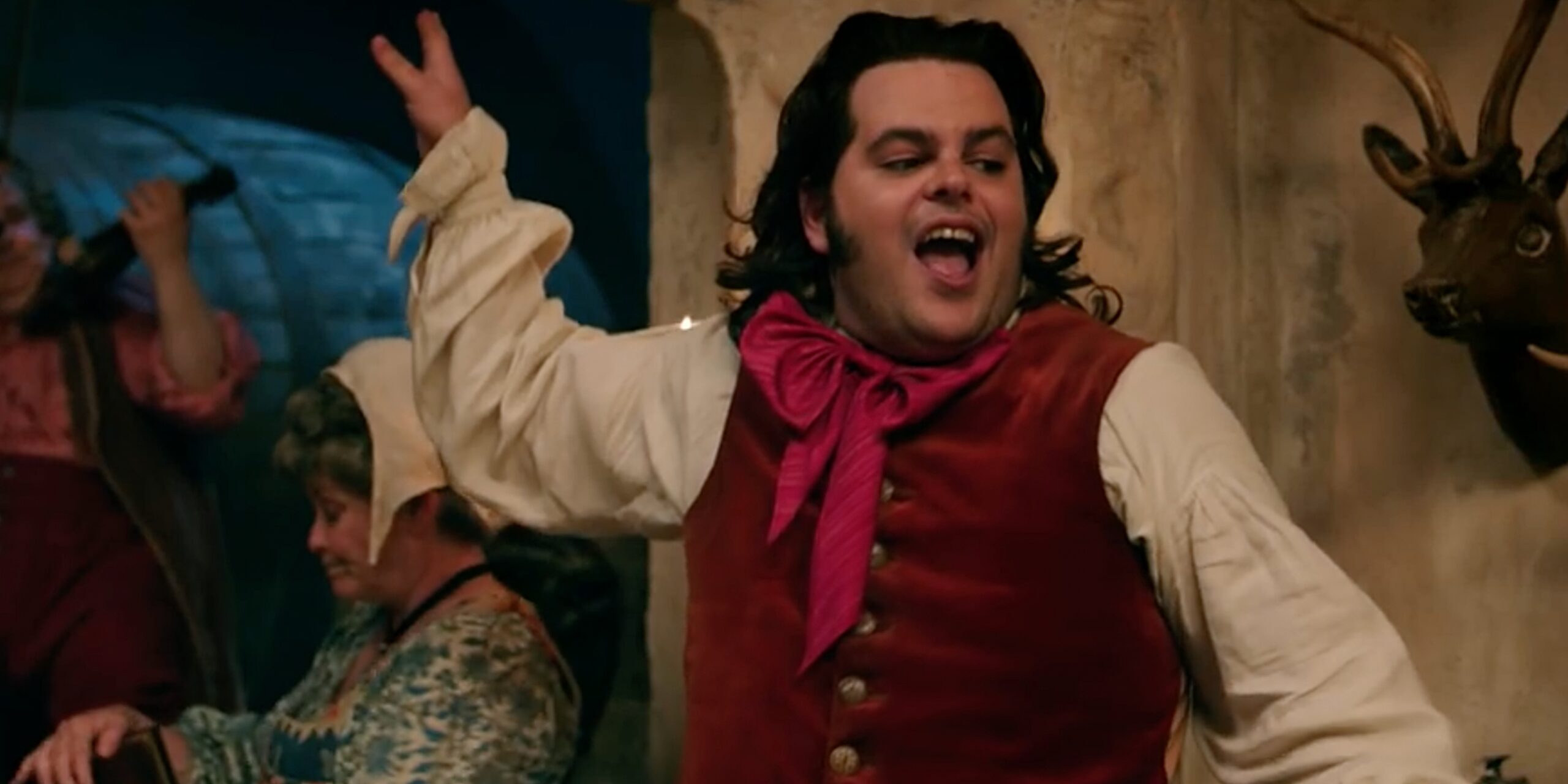 While promoting his live-action remake of the 1991 animated classic, openly gay director Bill Condon somewhat perplexingly mentioned that the villainous Gaston’s sidekick LeFou would have a “nice, exclusively gay moment.” In reality, all this entails in the film is a literal two-second instance of LeFou dancing with a male partner in the grand finale (and given that he switches from a female dance partner to his same-sex ballroom companion, it could be seen as less of an “exclusively gay moment” and more of a suggestion of potential bisexuality). Years later, Josh Gad, who played the part, would go on to condemn the simplicity of the moment and, specifically, how self-congratulatory Disney and the creatives were about its existence. Given its brevity, the outsized pride that the company seemed to have for it, and the fact that the film’s one queer character has a name that literally means “The Fool,” I wouldn’t say this was a huge win for gay rights. Plus, we all know Lumiere and Cogsworth have at least explored each other’s bodies, so it’s not like “Beauty and the Beast” didn’t already have representation.
While promoting his live-action remake of the 1991 animated classic, openly gay director Bill Condon somewhat perplexingly mentioned that the villainous Gaston’s sidekick LeFou would have a “nice, exclusively gay moment.” In reality, all this entails in the film is a literal two-second instance of LeFou dancing with a male partner in the grand finale (and given that he switches from a female dance partner to his same-sex ballroom companion, it could be seen as less of an “exclusively gay moment” and more of a suggestion of potential bisexuality). Years later, Josh Gad, who played the part, would go on to condemn the simplicity of the moment and, specifically, how self-congratulatory Disney and the creatives were about its existence. Given its brevity, the outsized pride that the company seemed to have for it, and the fact that the film’s one queer character has a name that literally means “The Fool,” I wouldn’t say this was a huge win for gay rights. Plus, we all know Lumiere and Cogsworth have at least explored each other’s bodies, so it’s not like “Beauty and the Beast” didn’t already have representation.
7. “Elemental” – Lake Ripple
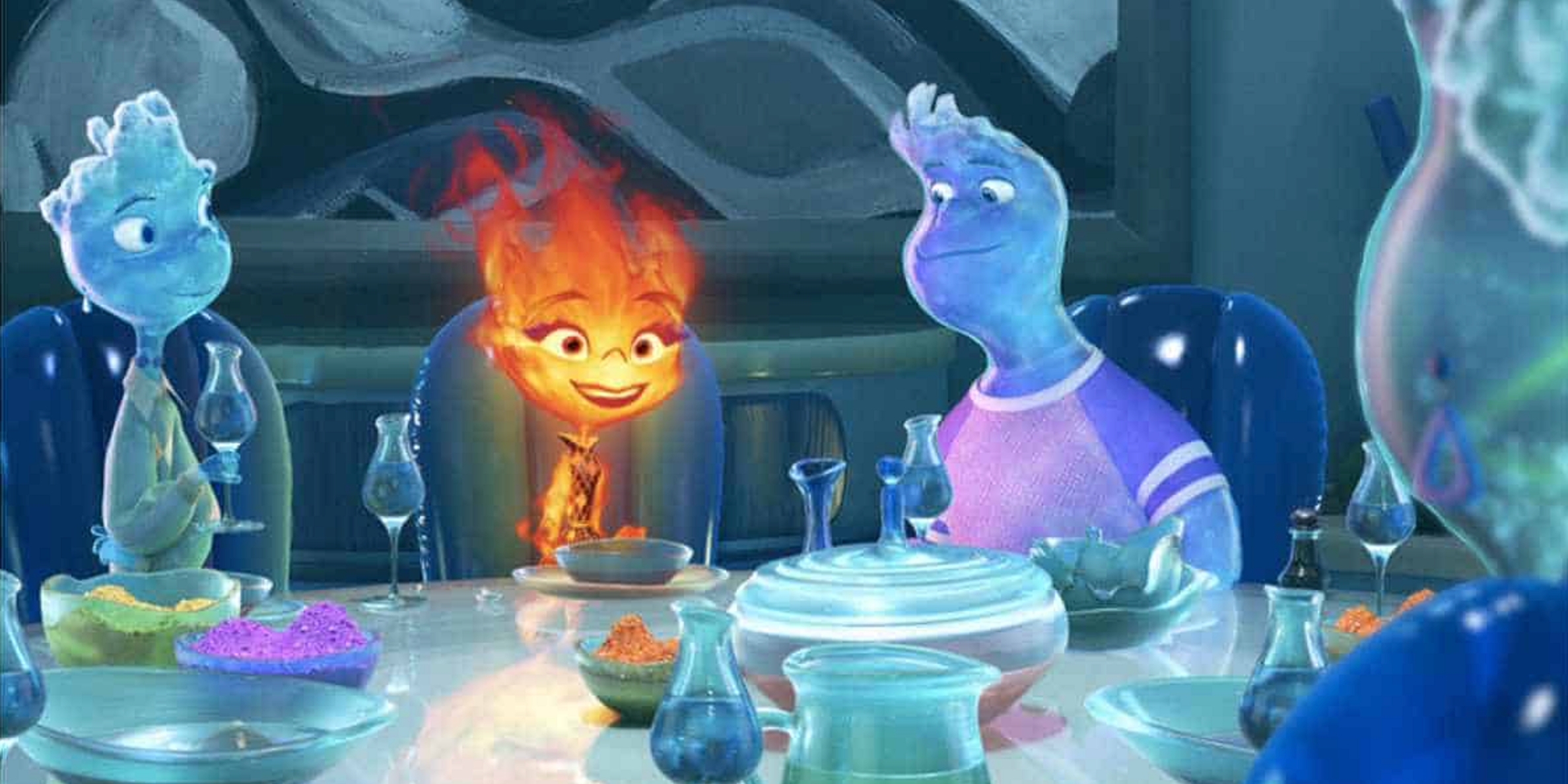 Upon the film’s wide release, non-binary voice actor Kai Ava Hauser revealed via Twitter that they were the voice behind Lake in the latest Pixar film “Elemental” and that the character is non-binary. An excellent opportunity for a young voice actor, to be sure, but in the actual film, it proves to be yet another moment of passing bare minimum representation. And as many on the Internet have pointed out, this resembles a recent storyline on the satirical TV show “The Other Two,” where a central character voices a supposedly gay pile of goo named Globby for a Disney film. It’s honestly surprising that given how stuffed the film is with groan-worthy puns, there wasn’t some sort of creaky joke about genderfluid water people. Count your blessings, I guess.
Upon the film’s wide release, non-binary voice actor Kai Ava Hauser revealed via Twitter that they were the voice behind Lake in the latest Pixar film “Elemental” and that the character is non-binary. An excellent opportunity for a young voice actor, to be sure, but in the actual film, it proves to be yet another moment of passing bare minimum representation. And as many on the Internet have pointed out, this resembles a recent storyline on the satirical TV show “The Other Two,” where a central character voices a supposedly gay pile of goo named Globby for a Disney film. It’s honestly surprising that given how stuffed the film is with groan-worthy puns, there wasn’t some sort of creaky joke about genderfluid water people. Count your blessings, I guess.
6. “Jungle Cruise” – MacGregor Houghton
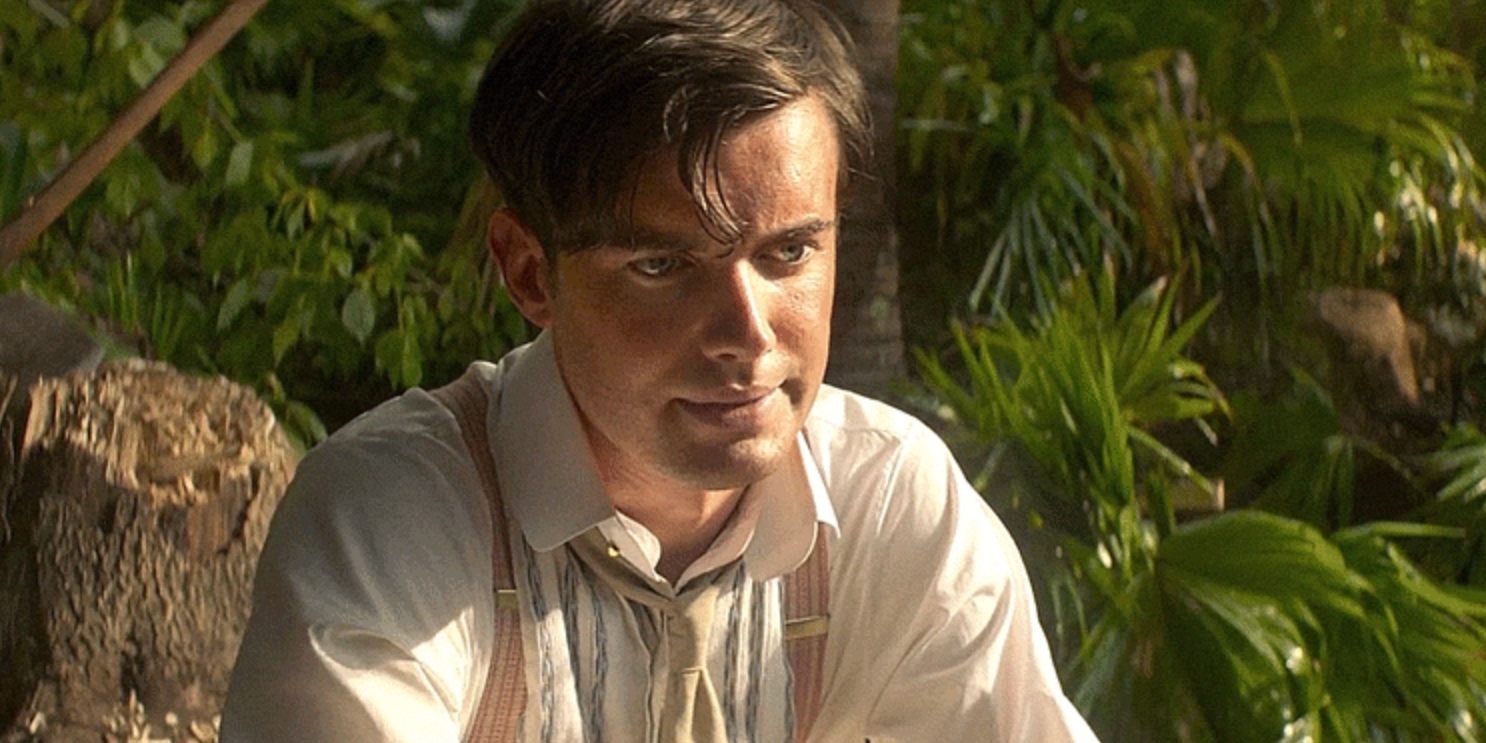 This is one of the rare examples on this list of a queer character who’s part of the main cast. And while that’s obviously preferable to a blink-and-you-miss-it moment, the context of this character’s queerness makes little sense and sticks out for the wrong reasons. MacGregor (played by Jack Whitehall) is the younger brother of Emily Blunt’s character, Dr. Lily. While on an expedition with jungle cruise skipper Frank Wolff (Dwayne Johnson), MacGregor has a brief conversation with the boat driver about why he followed his sister far from their home when he’s so clearly ill-equipped for such a hostile environment. It’s revealed that he did so to escape a cavalcade of marriage prospects to eligible bachelorettes because, as he puts it, his “interests happily lie elsewhere.” This innuendo is understood and, in fact, toasted by Frank in a way that would’ve felt surprising coming from a straight man even a decade ago, much less in 1916, when the film is set. Obviously, queer people existed and were even accepted by some in the early 20th century. Still, it is bafflingly unrealistic that a gay man would essentially come out to a new acquaintance like MacGregor does, especially a straight man. The whole moment comes across as strangely naïve on the filmmakers’ part. Things aren’t helped by the fact that so much of “Jungle Cruise’s” comedy comes from MacGregor flailing his way through the jungle, starkly contrasting the heterosexual Frank’s rugged abilities. Sure, I’d behave the same way in that environment, but still!
This is one of the rare examples on this list of a queer character who’s part of the main cast. And while that’s obviously preferable to a blink-and-you-miss-it moment, the context of this character’s queerness makes little sense and sticks out for the wrong reasons. MacGregor (played by Jack Whitehall) is the younger brother of Emily Blunt’s character, Dr. Lily. While on an expedition with jungle cruise skipper Frank Wolff (Dwayne Johnson), MacGregor has a brief conversation with the boat driver about why he followed his sister far from their home when he’s so clearly ill-equipped for such a hostile environment. It’s revealed that he did so to escape a cavalcade of marriage prospects to eligible bachelorettes because, as he puts it, his “interests happily lie elsewhere.” This innuendo is understood and, in fact, toasted by Frank in a way that would’ve felt surprising coming from a straight man even a decade ago, much less in 1916, when the film is set. Obviously, queer people existed and were even accepted by some in the early 20th century. Still, it is bafflingly unrealistic that a gay man would essentially come out to a new acquaintance like MacGregor does, especially a straight man. The whole moment comes across as strangely naïve on the filmmakers’ part. Things aren’t helped by the fact that so much of “Jungle Cruise’s” comedy comes from MacGregor flailing his way through the jungle, starkly contrasting the heterosexual Frank’s rugged abilities. Sure, I’d behave the same way in that environment, but still!
5. “Onward” – Officer Spector
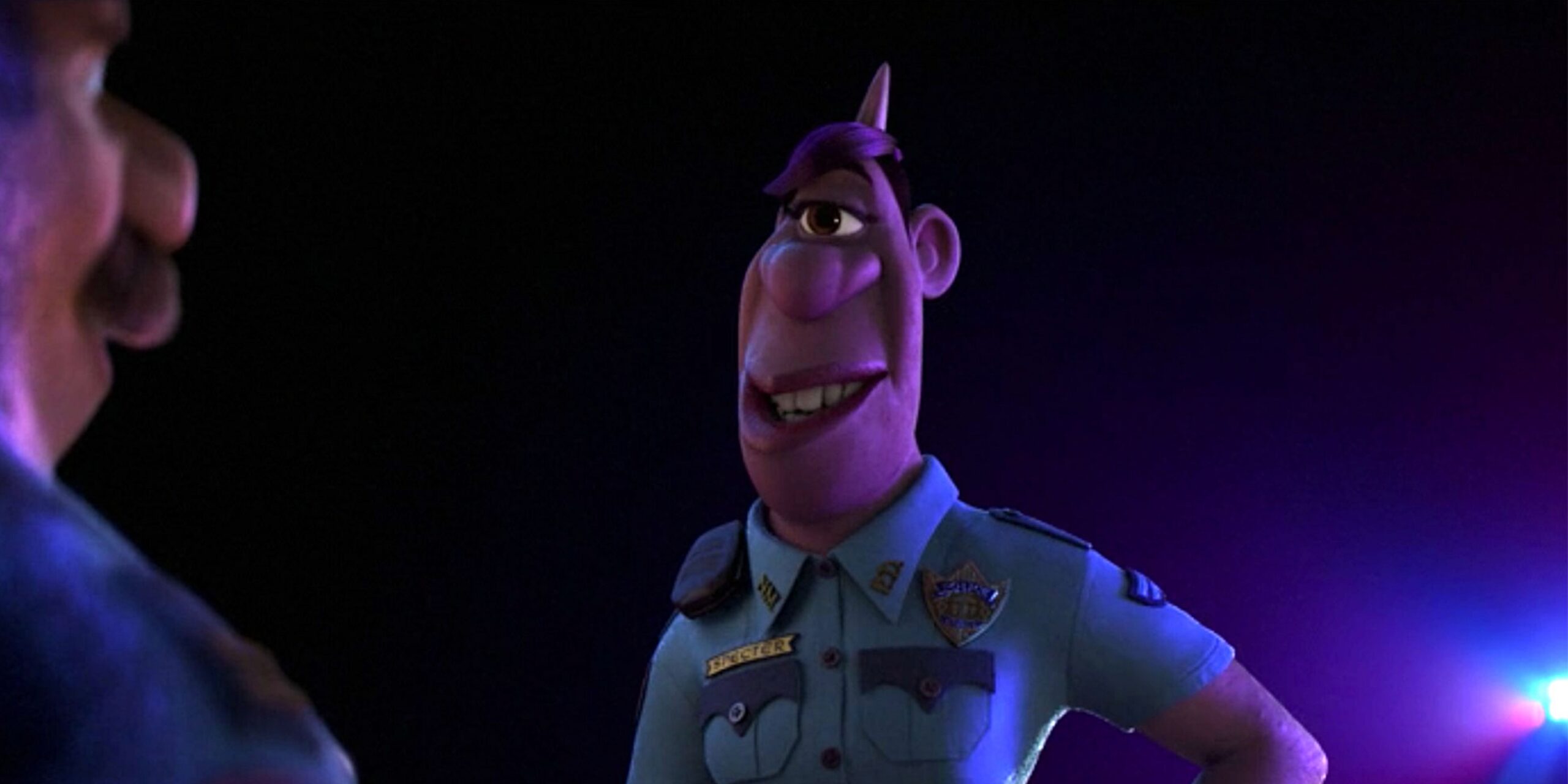 After the same-sex pairing that popped into “Finding Dory,” Pixar decided to try their hand at creating another lesbian character in their film “Onward.” Specifically, and unfortunately, hilariously, a lesbian cyclops police officer is not exactly the kind of representation that will win hearts and change minds. “No cops at Pride” also applies to one-eyed monsters. Voiced by Lena Waithe, the character’s identity is made clear when she mentions, “My girlfriend’s daughter got me pulling my hair out.” Admittedly, Pixar gets points for not making a huge deal about the character, especially before the film’s release. It’s brief but basically unobtrusive.
After the same-sex pairing that popped into “Finding Dory,” Pixar decided to try their hand at creating another lesbian character in their film “Onward.” Specifically, and unfortunately, hilariously, a lesbian cyclops police officer is not exactly the kind of representation that will win hearts and change minds. “No cops at Pride” also applies to one-eyed monsters. Voiced by Lena Waithe, the character’s identity is made clear when she mentions, “My girlfriend’s daughter got me pulling my hair out.” Admittedly, Pixar gets points for not making a huge deal about the character, especially before the film’s release. It’s brief but basically unobtrusive.
4. “The Lion King (2019)” – Timon
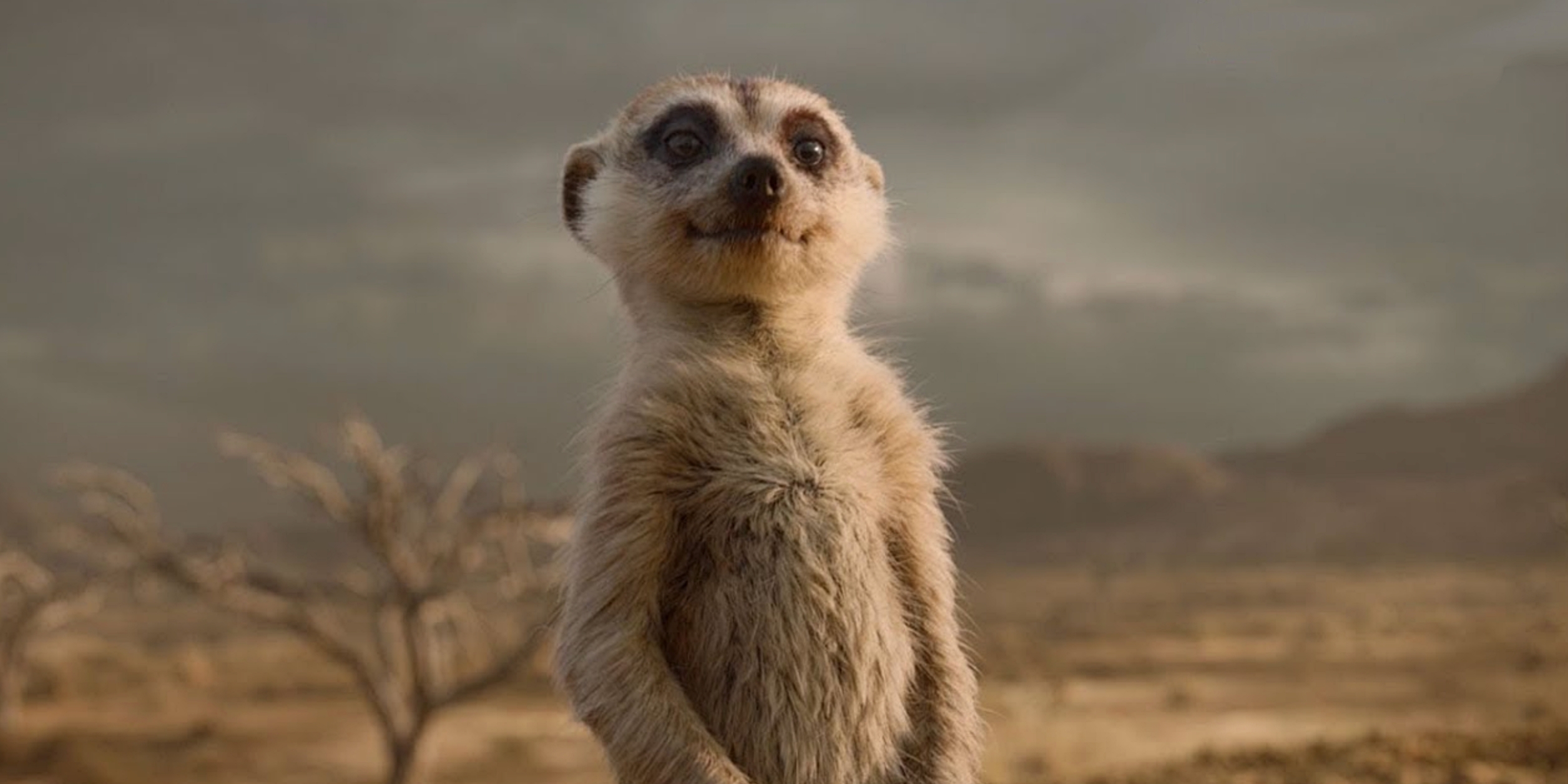 Okay, this is kind of cheating. But you try watching Billy Eichner’s portrayal of Timon in Jon Favreau’s “The Lion King” and tell me he’s straight. Timon and Pumbaa (Seth Rogen) already seemed like two fathers raising an adopted son in the 1994 animated original, but Eichner’s vocal performance only emphasizes that reading. Plus, Eichner’s casting feels like the logical follow-up to openly gay actor Nathan Lane’s creation of Timon. Rogen and, especially, Eichner are by far the best part of this ugly-as-sin remake, with the latter bringing a peppy gay sensibility to the lifeless film.
Okay, this is kind of cheating. But you try watching Billy Eichner’s portrayal of Timon in Jon Favreau’s “The Lion King” and tell me he’s straight. Timon and Pumbaa (Seth Rogen) already seemed like two fathers raising an adopted son in the 1994 animated original, but Eichner’s vocal performance only emphasizes that reading. Plus, Eichner’s casting feels like the logical follow-up to openly gay actor Nathan Lane’s creation of Timon. Rogen and, especially, Eichner are by far the best part of this ugly-as-sin remake, with the latter bringing a peppy gay sensibility to the lifeless film.
3. “Cruella” – Artie
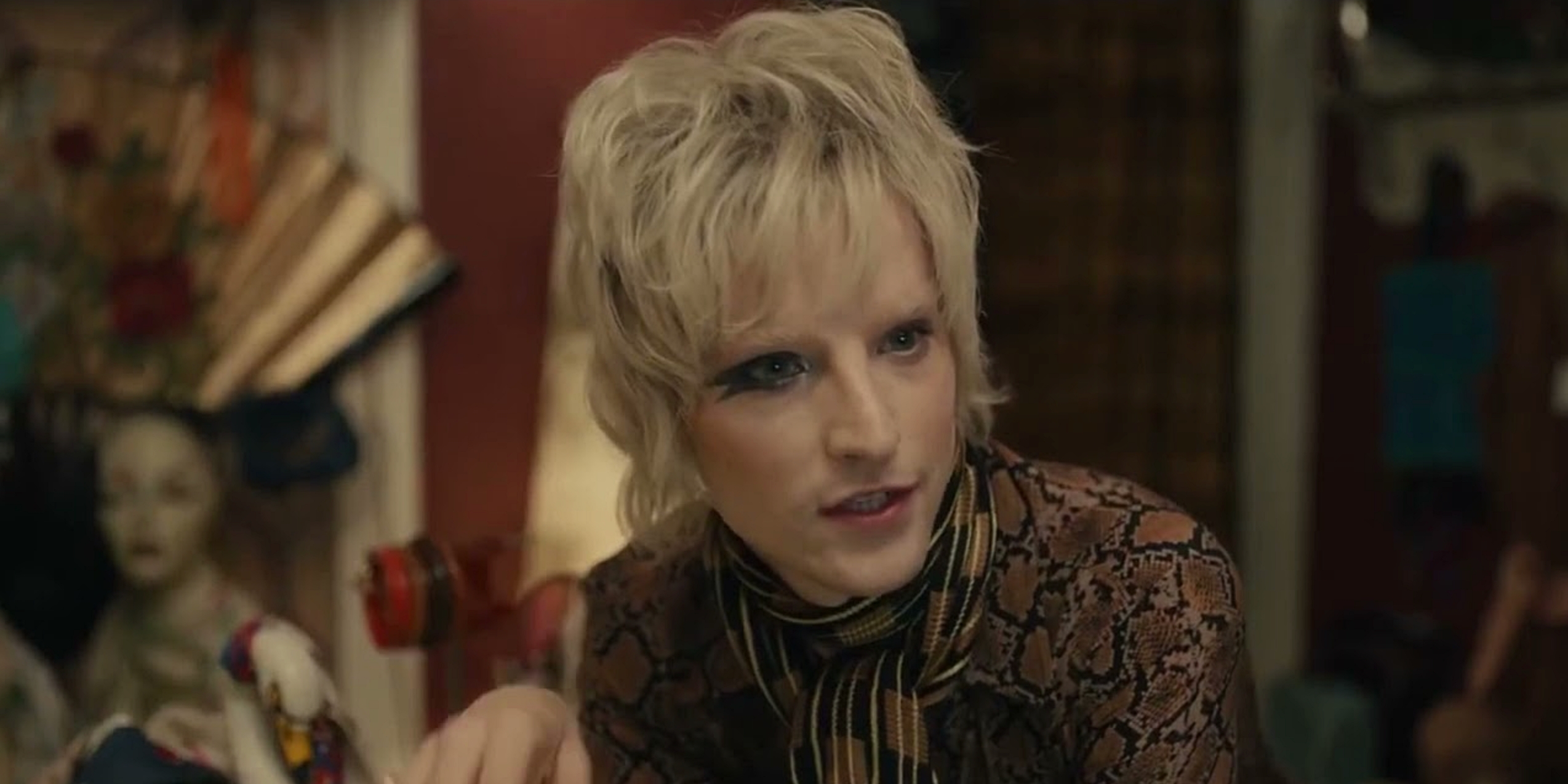 As it’s set in the fashion world of 1970s London, it would be pretty ridiculous for “Cruella” to feature only straight-appearing characters. On a mission to make a name for herself as a designer, Estella, or rather, Cruella (Emma Stone), teams up with Artie, a flamboyant and fabulous owner of a vintage clothing shop whose style calls to mind David Bowie. Played by openly gay actor John McCrea, Artie makes no secret of his identity. He and Cruella simply bond over their shared love of haute couture in a way that reads as contextually truthful rather than pandering.
As it’s set in the fashion world of 1970s London, it would be pretty ridiculous for “Cruella” to feature only straight-appearing characters. On a mission to make a name for herself as a designer, Estella, or rather, Cruella (Emma Stone), teams up with Artie, a flamboyant and fabulous owner of a vintage clothing shop whose style calls to mind David Bowie. Played by openly gay actor John McCrea, Artie makes no secret of his identity. He and Cruella simply bond over their shared love of haute couture in a way that reads as contextually truthful rather than pandering.
2. “Lightyear” – Alisha Hawthorne
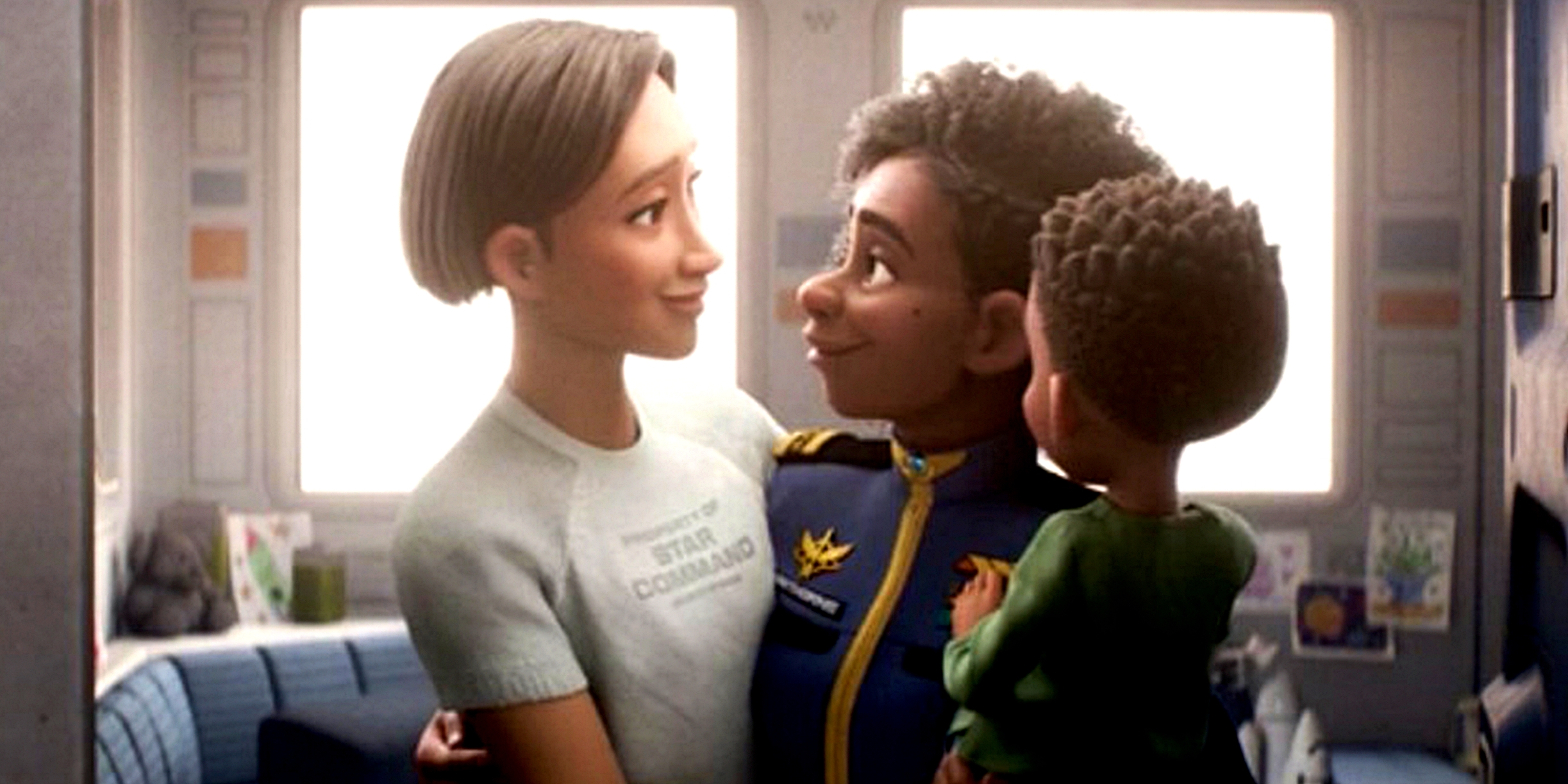 Uzo Aduba voices Alisha Hawthorne, the best friend of the titular Buzz Lightyear in the “Toy Story” spin-off. She essentially serves as Buzz’s tragic backstory, inspiring him through his journey after her passing while Buzz stays young thanks to a time-accelerating space flight. Notably, in the mediocre film’s best sequence – a montage showing the passing of years as Buzz continually blasts through time – Hawthorne is shown pregnant, then with a son and a wife. The family celebrates milestones in flashes, including the son’s graduation and the couple’s 40th anniversary before it’s finally revealed that she passed away. But before that, she and her wife are shown embracing and even sharing a brief kiss. It’s a fleeting moment that generated a good deal of hubbub from bigots and led to the film being banned and censored by narrow-minded foreign governments. But for those who were permitted to see it, it’s an effective, moving story decision that proves to be the film’s high point.
Uzo Aduba voices Alisha Hawthorne, the best friend of the titular Buzz Lightyear in the “Toy Story” spin-off. She essentially serves as Buzz’s tragic backstory, inspiring him through his journey after her passing while Buzz stays young thanks to a time-accelerating space flight. Notably, in the mediocre film’s best sequence – a montage showing the passing of years as Buzz continually blasts through time – Hawthorne is shown pregnant, then with a son and a wife. The family celebrates milestones in flashes, including the son’s graduation and the couple’s 40th anniversary before it’s finally revealed that she passed away. But before that, she and her wife are shown embracing and even sharing a brief kiss. It’s a fleeting moment that generated a good deal of hubbub from bigots and led to the film being banned and censored by narrow-minded foreign governments. But for those who were permitted to see it, it’s an effective, moving story decision that proves to be the film’s high point.
1. “Strange World” – Ethan Clade
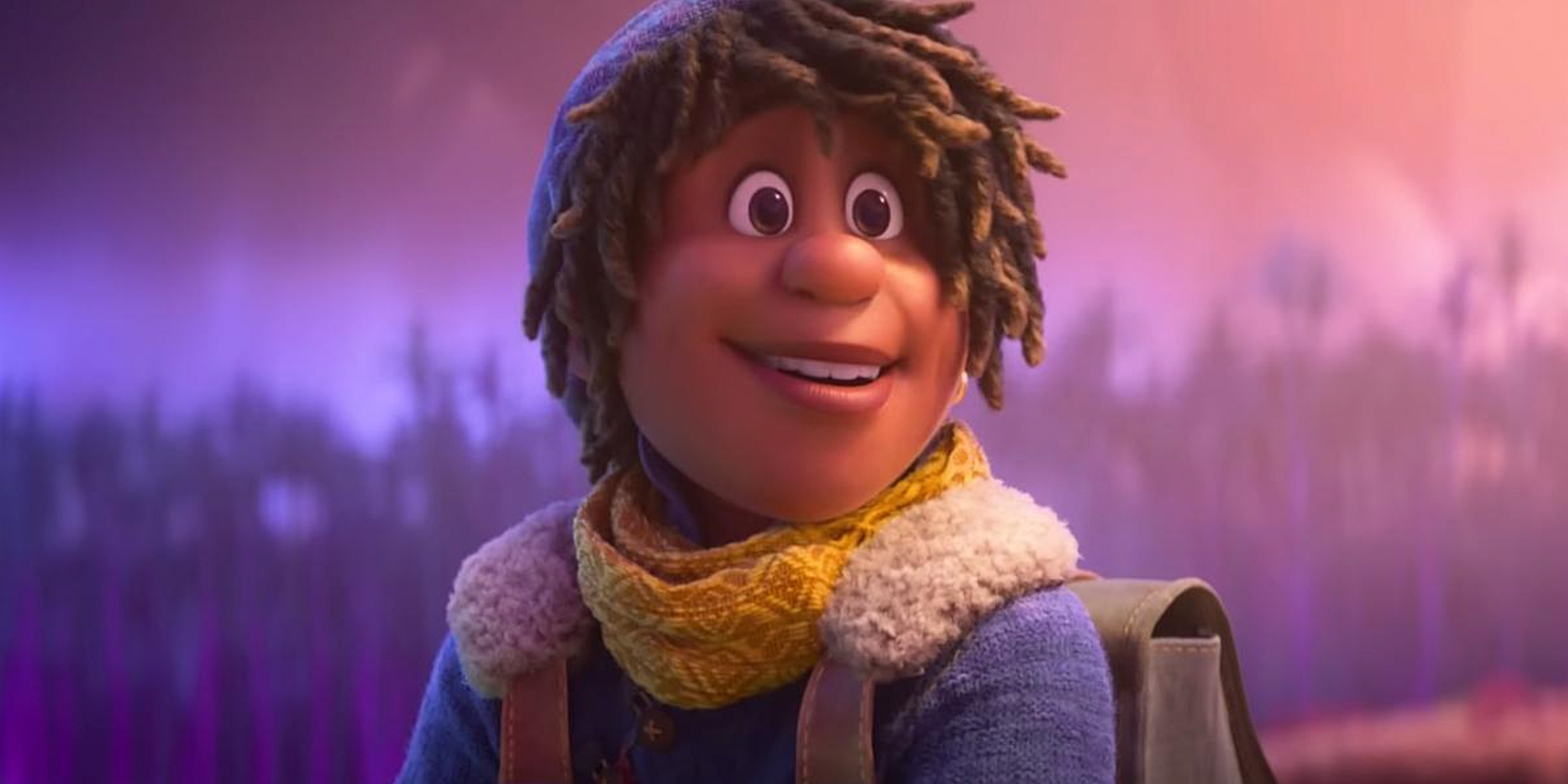 Walt Disney Animations Studio’s latest film was a disappointment, financially and critically. However, by placing an openly gay character front and center, “Strange World” is undoubtedly a milestone for queer representation, not just for the company but for Hollywood as a whole. And no, unlike in “Elemental,” the queer character is not the blue blob Splat (although I heard they’re an ally). Ethan (voiced by gay actor-comedian and legendary Twitter personality Jaboukie Young-White) is the film’s protagonist. He’s a typical teenage Disney character who longs for something more than life with his family. And in an early scene, it’s casually revealed that he has a crush on his male friend Diazo. Their moment together is played like any other conversation between two will-they-won’t-they characters, with their friends playfully teasing them about their obvious chemistry. Their charming interaction is interrupted by Ethan’s dad Searcher (Jake Gyllenhaal), who treats the moment like so many embarrassing fathers have before; he’s corny and prying, clearly because he cares about his son and wants their potential relationship to work out. The whole thing serves their individual characterizations and establishes their differences as father and son, which will come into play thematically throughout the film. In the film’s conclusion, the two boys are shown to be in a happy relationship. The studio surely has many regrets regarding this film’s release and performance, but they deserve to feel justly proud of their main character.
Walt Disney Animations Studio’s latest film was a disappointment, financially and critically. However, by placing an openly gay character front and center, “Strange World” is undoubtedly a milestone for queer representation, not just for the company but for Hollywood as a whole. And no, unlike in “Elemental,” the queer character is not the blue blob Splat (although I heard they’re an ally). Ethan (voiced by gay actor-comedian and legendary Twitter personality Jaboukie Young-White) is the film’s protagonist. He’s a typical teenage Disney character who longs for something more than life with his family. And in an early scene, it’s casually revealed that he has a crush on his male friend Diazo. Their moment together is played like any other conversation between two will-they-won’t-they characters, with their friends playfully teasing them about their obvious chemistry. Their charming interaction is interrupted by Ethan’s dad Searcher (Jake Gyllenhaal), who treats the moment like so many embarrassing fathers have before; he’s corny and prying, clearly because he cares about his son and wants their potential relationship to work out. The whole thing serves their individual characterizations and establishes their differences as father and son, which will come into play thematically throughout the film. In the film’s conclusion, the two boys are shown to be in a happy relationship. The studio surely has many regrets regarding this film’s release and performance, but they deserve to feel justly proud of their main character.
What do you think of this list? Have you seen “Elemental” yet? If so, what did you think of it? Please let us know your thoughts in the comments section below or on our Twitter account.


